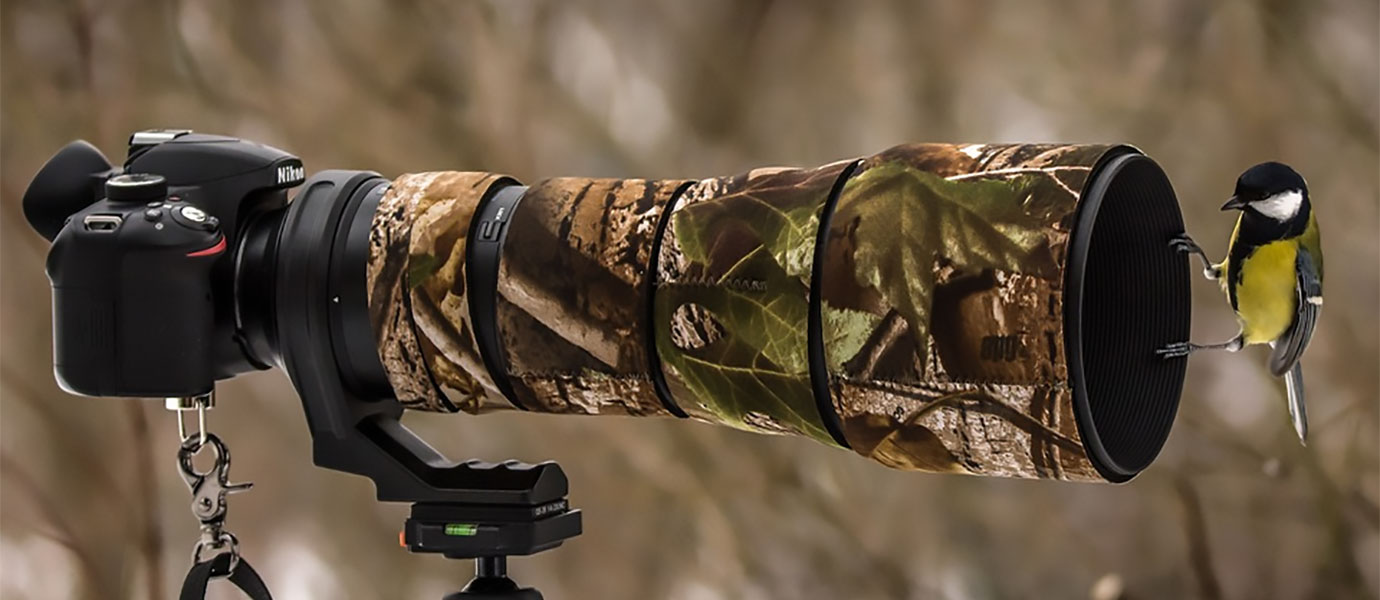ABOUT
Audubon Center for Birds of Prey
The Audubon Center for Birds of Prey is one of Central Florida’s best kept secrets. Located in the city of Maitland, this urban environmental center focuses on the rescue, medical treatment, rehabilitation and release of Florida’s raptors. The Center provides an opportunity to view Bald Eagles, Ospreys, Kites, Owls and Falcons - some of nature’s top predators. Visitors can learn about the unique adaptations of raptors, challenges they face and ways to help. Take a walk to the Center’s gazebo; view the Center’s Magic of Flight barn, which houses birds currently under rehabilitation; the man-made wetland, a natural pollutant reducer improves the water quality of the lake. Additional exhibits highlight conservation in Florida, climate change, a behind the scenes look into rehabilitation.
contact info
Hrs: Tuesday - Sunday 10AM-4PM.
HELPFUL LESSON PLAN(S)
Prepared by FieldTripDirectory.com
Bird Watching Lesson Plan
Birds migrate to move from areas of low or decreasing resources to areas of high or increasing resources. The two primary resources being sought are food and nesting locations.
Birds that nest in the Northern Hemisphere tend to migrate northward in the spring to take advantage of burgeoning insect populations, budding plants and an abundance of nesting locations. As winter approaches and the availability of insects and other food drops, the birds move south again. Escaping the cold is a motivating factor but many species, including hummingbirds, can withstand freezing temperatures as long as an adequate supply of food is available.
View Lesson Plan>>ABOUT
Audubon Center for Birds of Prey
The Audubon Center for Birds of Prey is one of Central Florida’s best kept secrets. Located in the city of Maitland, this urban environmental center focuses on the rescue, medical treatment, rehabilitation and release of Florida’s raptors. The Center provides an opportunity to view Bald Eagles, Ospreys, Kites, Owls and Falcons - some of nature’s top predators. Visitors can learn about the unique adaptations of raptors, challenges they face and ways to help. Take a walk to the Center’s gazebo; view the Center’s Magic of Flight barn, which houses birds currently under rehabilitation; the man-made wetland, a natural pollutant reducer improves the water quality of the lake. Additional exhibits highlight conservation in Florida, climate change, a behind the scenes look into rehabilitation.
contact info
Hrs: Tuesday - Sunday 10AM-4PM.
HELPFUL LESSON PLAN(S)
Prepared by FieldTripDirectory.com
Bird Watching Lesson Plan
Birds migrate to move from areas of low or decreasing resources to areas of high or increasing resources. The two primary resources being sought are food and nesting locations.
Birds that nest in the Northern Hemisphere tend to migrate northward in the spring to take advantage of burgeoning insect populations, budding plants and an abundance of nesting locations. As winter approaches and the availability of insects and other food drops, the birds move south again. Escaping the cold is a motivating factor but many species, including hummingbirds, can withstand freezing temperatures as long as an adequate supply of food is available.
View Lesson Plan>>ABOUT
Audubon Center for Birds of Prey
The Audubon Center for Birds of Prey is one of Central Florida’s best kept secrets. Located in the city of Maitland, this urban environmental center focuses on the rescue, medical treatment, rehabilitation and release of Florida’s raptors. The Center provides an opportunity to view Bald Eagles, Ospreys, Kites, Owls and Falcons - some of nature’s top predators. Visitors can learn about the unique adaptations of raptors, challenges they face and ways to help. Take a walk to the Center’s gazebo; view the Center’s Magic of Flight barn, which houses birds currently under rehabilitation; the man-made wetland, a natural pollutant reducer improves the water quality of the lake. Additional exhibits highlight conservation in Florida, climate change, a behind the scenes look into rehabilitation.
contact info
Hrs: Tuesday - Sunday 10AM-4PM.
HELPFUL LESSON PLAN(S)
Prepared by FieldTripDirectory.com
Bird Watching Lesson Plan
Birds migrate to move from areas of low or decreasing resources to areas of high or increasing resources. The two primary resources being sought are food and nesting locations.
Birds that nest in the Northern Hemisphere tend to migrate northward in the spring to take advantage of burgeoning insect populations, budding plants and an abundance of nesting locations. As winter approaches and the availability of insects and other food drops, the birds move south again. Escaping the cold is a motivating factor but many species, including hummingbirds, can withstand freezing temperatures as long as an adequate supply of food is available.
View Lesson Plan>>ABOUT
Audubon Center for Birds of Prey
The Audubon Center for Birds of Prey is one of Central Florida’s best kept secrets. Located in the city of Maitland, this urban environmental center focuses on the rescue, medical treatment, rehabilitation and release of Florida’s raptors. The Center provides an opportunity to view Bald Eagles, Ospreys, Kites, Owls and Falcons - some of nature’s top predators. Visitors can learn about the unique adaptations of raptors, challenges they face and ways to help. Take a walk to the Center’s gazebo; view the Center’s Magic of Flight barn, which houses birds currently under rehabilitation; the man-made wetland, a natural pollutant reducer improves the water quality of the lake. Additional exhibits highlight conservation in Florida, climate change, a behind the scenes look into rehabilitation.
contact info
Hrs: Tuesday - Sunday 10AM-4PM.
HELPFUL LESSON PLAN(S)
Prepared by FieldTripDirectory.com
Bird Watching Lesson Plan
Birds migrate to move from areas of low or decreasing resources to areas of high or increasing resources. The two primary resources being sought are food and nesting locations.
Birds that nest in the Northern Hemisphere tend to migrate northward in the spring to take advantage of burgeoning insect populations, budding plants and an abundance of nesting locations. As winter approaches and the availability of insects and other food drops, the birds move south again. Escaping the cold is a motivating factor but many species, including hummingbirds, can withstand freezing temperatures as long as an adequate supply of food is available.
View Lesson Plan>>
